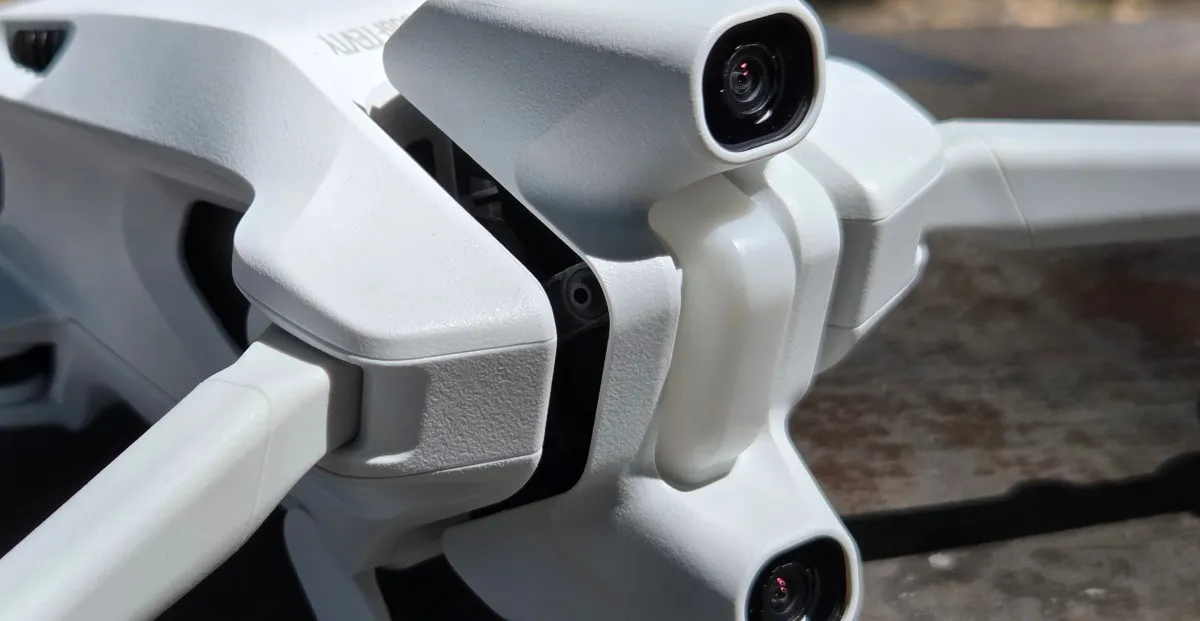
In a groundbreaking move for aerial photography enthusiasts, Insta360 has announced the launch of its first drone, the Antigravity A1, set to hit the market in January 2026. This innovative device is designed to cater to users who prefer exploration over complicated controls, promising an immersive flying experience unlike any other. The Antigravity A1 will feature a cutting-edge 360-degree camera and comes bundled with specialized goggles that allow users to feel as though they are piloting the drone from inside its virtual cockpit.
The Antigravity A1 resembles the popular DJI Mini, boasting similar folding arms and a lightweight design of under 250 grams. However, its user experience is fundamentally different. Unlike traditional drones that require careful aiming, the A1 allows users to simply look in any direction while flying. This is made possible by its 360-degree camera, which captures stunning 8K footage in all directions simultaneously. This innovative feature enables users to direct their videos post-flight, allowing for dynamic virtual zooms, pans, and spins, making the process of filming much more intuitive.
During a recent test flight in a sunny Northern California park, the capabilities of the Antigravity A1 became clear. While flying, I spotted a few birds, but upon reviewing the footage, I was amazed to discover I had captured an entire flock of over 40 birds. This capability highlights the drone's potential for immersive storytelling, allowing users to capture moments without the need to focus on filming while in flight.
Despite its innovative features, the Antigravity A1 is still a drone with inherent limitations. While quieter than many competitors, its blades can be disruptive in quiet settings, such as during a wedding. Additionally, the quality of the 360-degree video can be affected by the wide spread of pixels, which may not allow for high-quality zooming or immersive experiences in virtual reality environments, especially considering its limitations of 30 frames per second at 8K resolution or 5.7K at 60fps.
For optimal results, users are advised to keep the drone close to their subjects to avoid visible stitching lines between the top and bottom cameras. These stitching lines can detract from the overall viewing experience, particularly when filming people or objects at eye level.
The Antigravity A1 offers an intuitive flying experience. Its goggles provide a nearly double field of view compared to previous models, enhancing the immersive experience. The Grip controller allows users to easily direct the drone by simply pointing in the desired direction, making it user-friendly even for those new to flying drones. Additionally, a traditional twin-stick controller is in development for users who prefer that style of control.
As for pricing and availability, Antigravity is expected to offer its complete package, which includes the drone, goggles, and controller, at a competitive price point—potentially under $1,300—making it an appealing alternative to the DJI Mavic. Despite current geopolitical challenges, spokesperson Ben Liu has expressed optimism about entering the U.S. market, highlighting the welcoming response from retailers like Best Buy and Amazon.
The Antigravity A1 also incorporates safety features, such as a “payload detection” system designed to prevent misuse of the drone. During testing, the drone automatically landed when it detected additional weight, showcasing the company's commitment to ensuring that the A1 is used for fun and creative purposes only.
While the Antigravity A1 presents a fresh approach to drone flying and filming, it remains to be seen how it will perform in the competitive market dominated by established brands like DJI. However, the innovative design and user-friendly features suggest that Insta360's new venture could redefine the future of aerial photography.